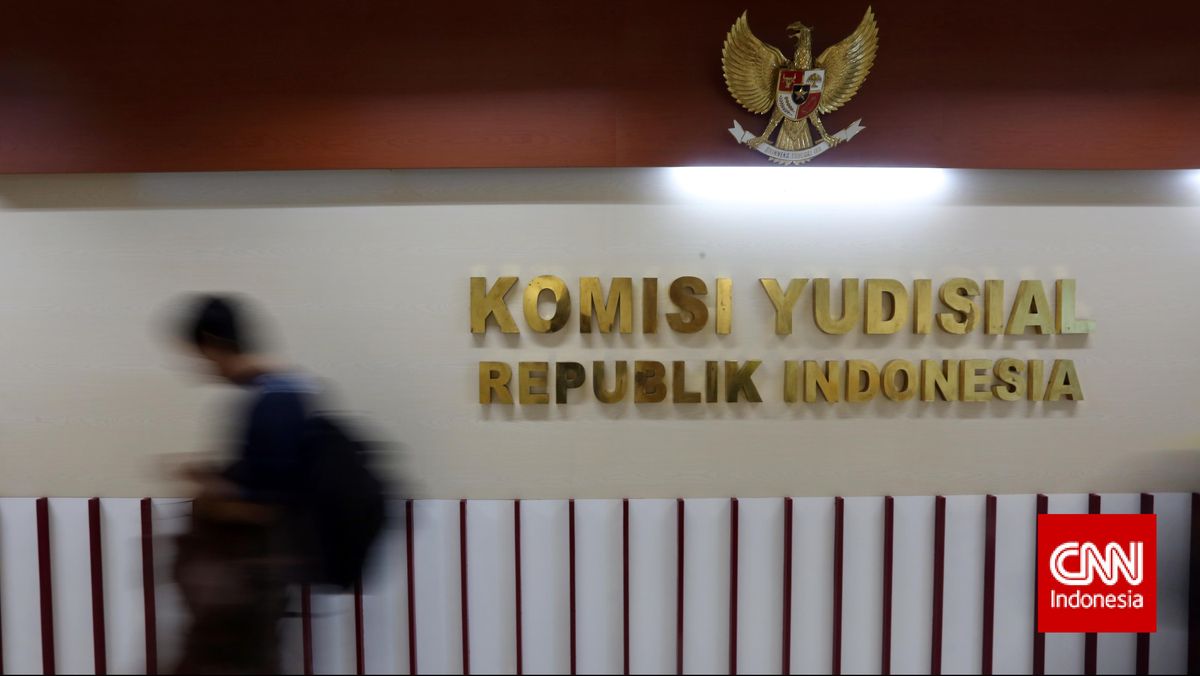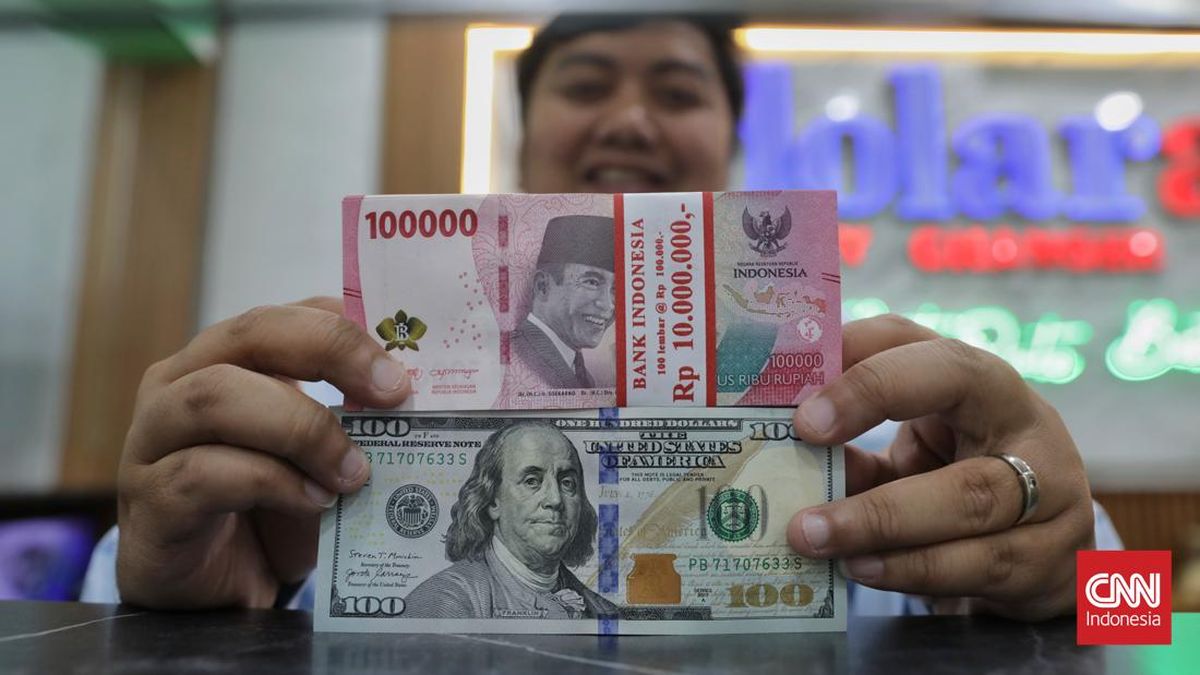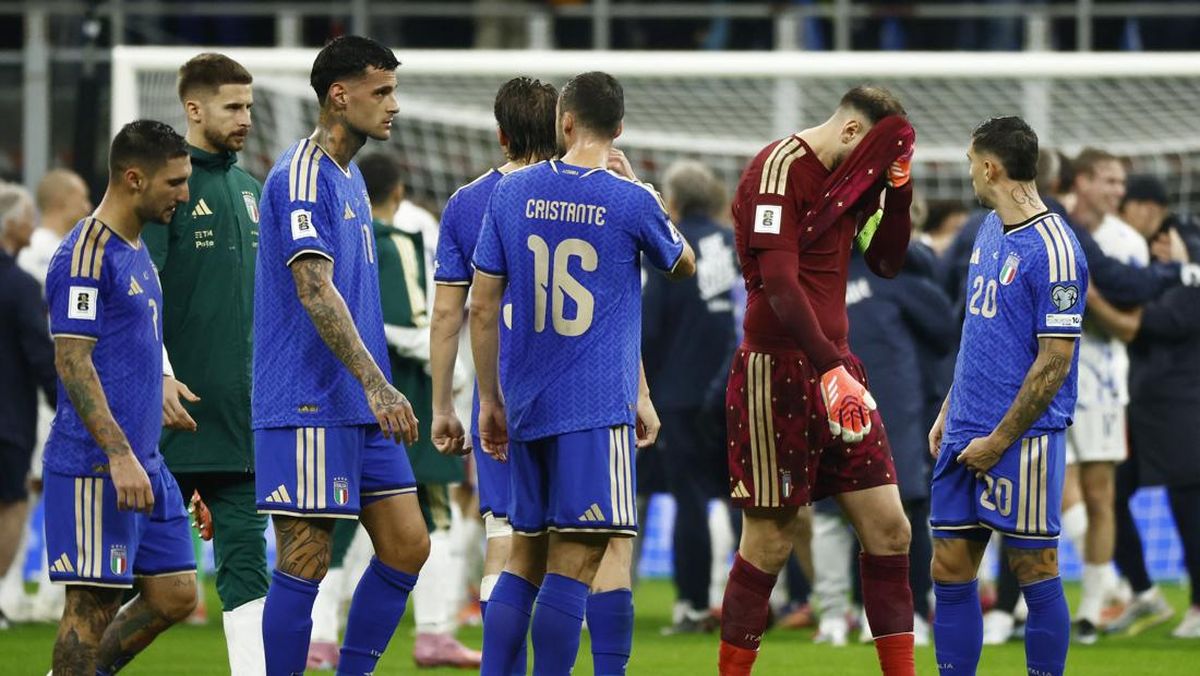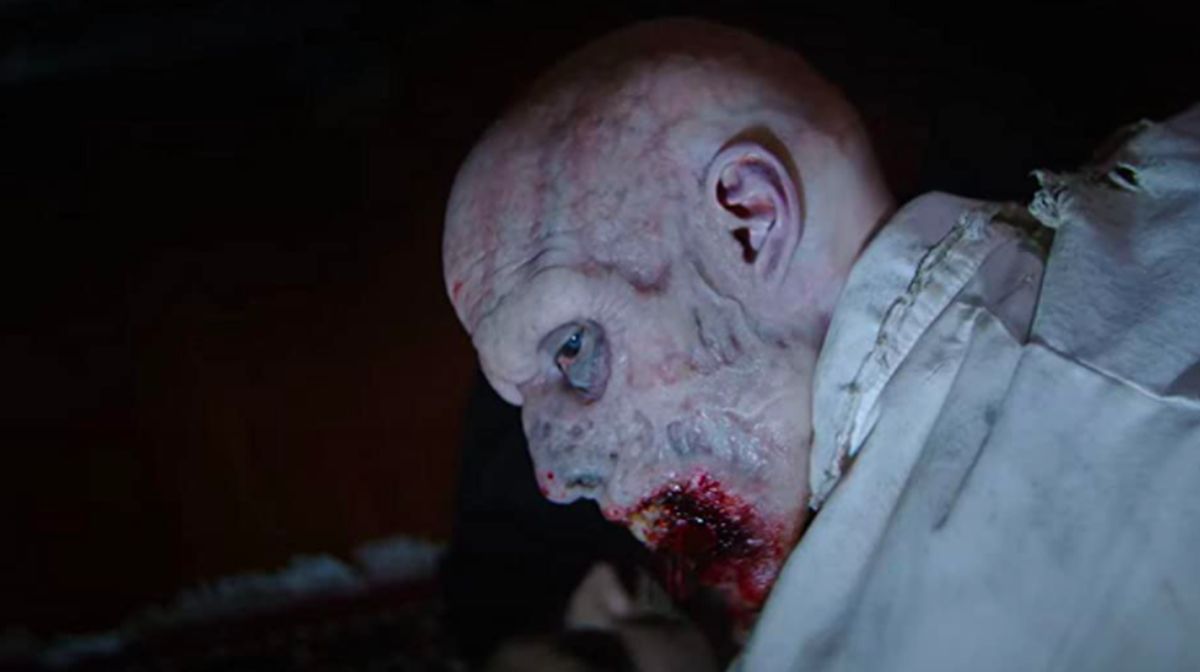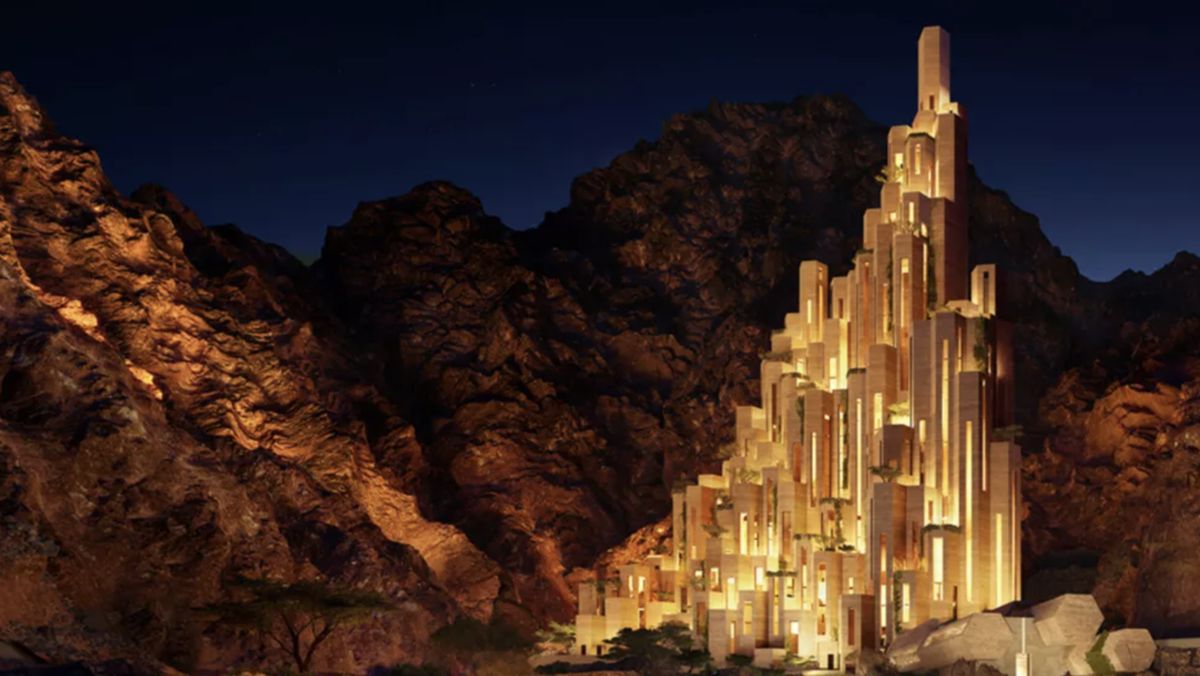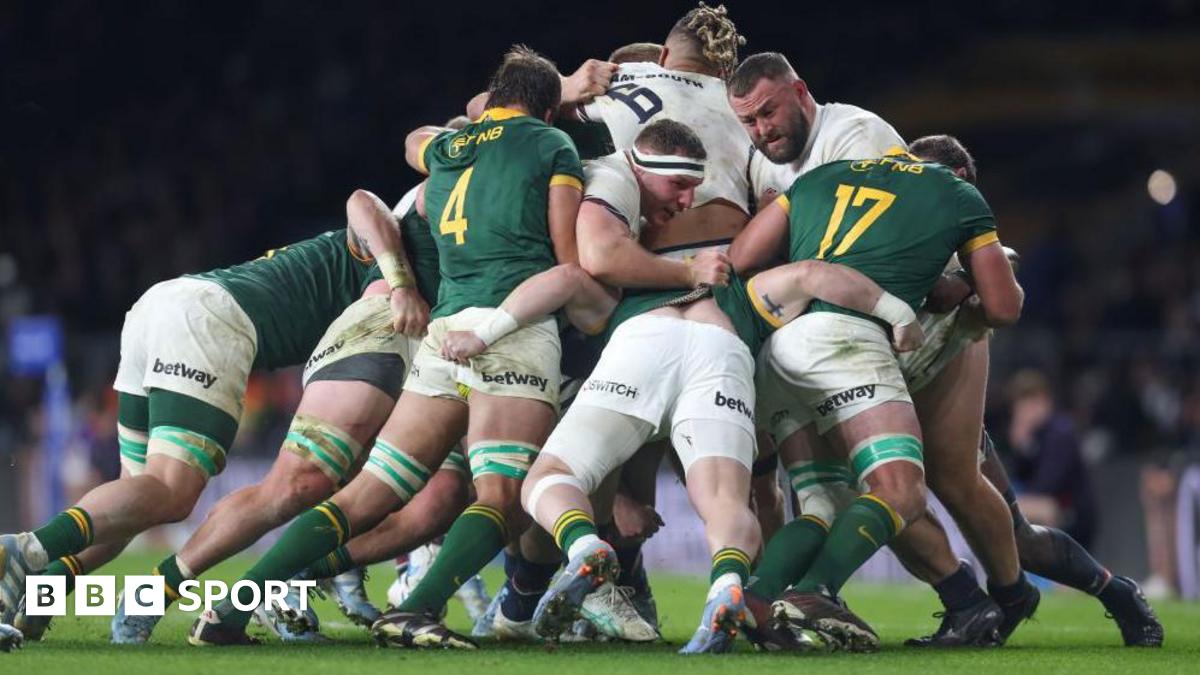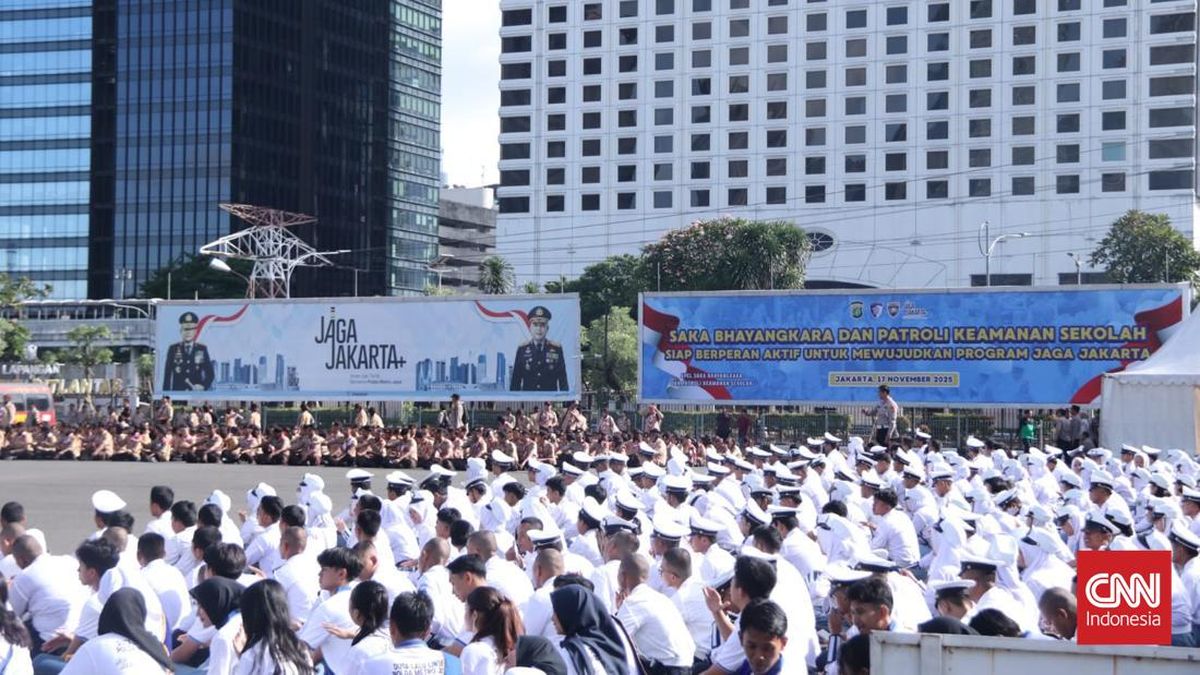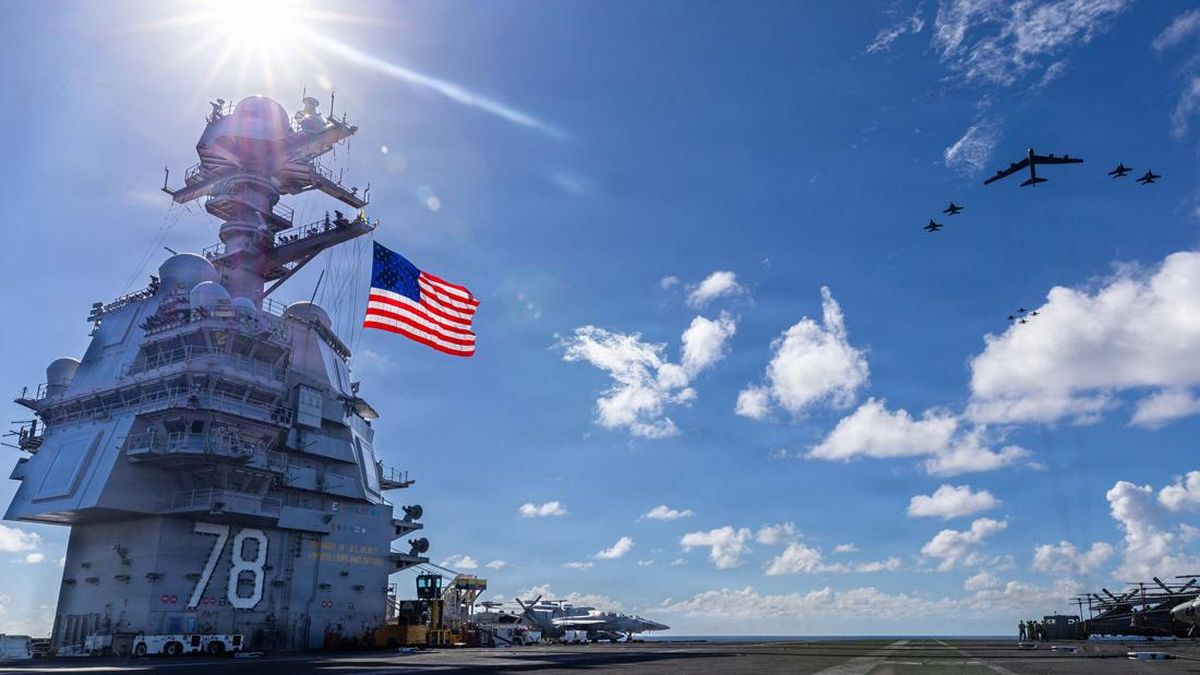Opinion
November 17, 2025 — 7.10pm
November 17, 2025 — 7.10pm
It’s been 18 years since my wife, kids and I made the short trip from Elwood to my suburb. The main reason was that a larger place in Elwood was out of our reach, even while the bayside suburb was becoming more in reach of rising sea levels.
We had considered ourselves very happy in this part of Melbourne, so went east to East St Kilda. While the water isn’t as close, you can still enjoy glimpses of the bay if you head up the hill.

A train crosses over Inkerman Street in East St Kilda.Credit: Simon Schluter
For a long time, this suburb was named East St Kilda, and now it’s St Kilda East, but, because that sounds a bit pretentious, I prefer to call it East St Kilda.
Looking at the shape of East St Kilda – it is a dog-leg wrapped around Balaclava – one would think the surveyor who drew them up was a bit of a practical joker. (East St Kilda has the same postcode as Balaclava, but its southern section belongs to a different council.) Considering how hard it can be to make out the suburb’s boundaries along Chapel and Inkerman streets, it can be a challenge to know where you live around here. And, to confuse you some more, Carlisle Street belongs to Balaclava, but after it changes to Balaclava Road it belongs to East St Kilda.
One difference between the neighbours is that Balaclava has a sizable amount of housing commission towers and flats whereas, apart from some old grandiose mansions, like the classic French Second Empire styled Labasa, East St Kilda is a mishmash of different period and styled homes from way back when, until now.
Nonetheless, it’s understandable why some Balaclava residents claim to live in St Kilda East while the cool folk of East St Kilda say they live in the more bohemian Balaclava.
East St Kilda is a cauldron of multiculturalism for many migrants, particularly from Carlton, Europe and more recently, the former Soviet Union. You can tell the more recent arrivals by the way they speak in whispers; in case the KGB is listening. With people from all corners of the globe mingling here, I like to think that it is one of the most successful, multicultural suburbs in Australia.
East St Kilda has never been, or will be as cosmopolitan as Balaclava’s Carlisle Street. There are no pubs, bars not even a bistro. The quirk of the boundaries means we apparently have just one cafe, and for nightlife or groceries you’ll need to cross over into Balaclava, Ripponlea or Caulfield North.
Loading
There are some pretty cool clothing and accessory shops along nearby Carlisle Street that attract fashion savvy shoppers from as far away as Caulfield. Once, I bumped into the owner of The House of Balaclava out on the street as I wore a new hat I’d bought from her. In my imagination the owner quipped, “sorry, but that’s about the best I can do” but, thankfully, she actually said, “nice”.
With East St Kilda being largely a family orientated residential suburb, there are parks and playgrounds aplenty. For example, Alma Park is vast and wondrous, with majestic old eucalyptus trees that you just want to hug. It has recreational areas for picnics, exercise, playgrounds, off-the-lead area for dogs, a footy/cricket oval. Surrounding the park there are some beautiful old churches, a convent and a school.
There’s also an enormous cemetery. But the last time I looked there were no vacancies, and no prospects of any residents moving out any time soon.
Just around the corner on Alexander Street there’s an old white-painted building that looks like the old Parliament House in Canberra. This building houses a world-renowned rabbinical college with accommodations for students from many places studying Jewish law to qualify as rabbis.
The many schools, both public and private, are a feature of East St Kilda. There are so many places of learning that they can be seen from the moon.
On Balaclava Road we have the Masada Hospital. Its named, ironically, after the plateau fortress situated on the shores of the Dead Sea in Israel, which is famous for being the last stronghold of the Jewish rebellion against the Roman occupation some 2000 years ago when, rather than being captured and enslaved by the Romans, the remaining zealots chose suicide.
Loading
East St Kilda, like Elwood, is home to many Jewish families; many who, like mine, fled Europe after World War II to escape antisemitism. The only problem, however, of having a significant number of Jewish residents is that East St Kilda also attracts neo-Nazis, who get a kick out of intimidating Jews.
The torching of the Addas Israel synagogue, just south of East St Kilda, in Ripponlea, was a cruel and salient reminder of how precarious life can be for diasporan Jews. And with the surge of in-your-face antisemitism, some are beginning to feel that they’ve overstayed their welcome.
Yet, on Friday nights, Saturday mornings and Jewish festivals there are many observant Jews, some dressed in their traditional Eastern European Hasidic garb while others, in more modern dress and with children in tow, greet each other on their way to synagogue.
Also, the traffic authority adjusts pedestrian traffic lights to go on automatically during times when Jewish law forbids us to switch on lights. The councils also allow community organisations to block off sections of streets to celebrate various Jewish festivals.
Although lacking bars, pubs, live music venues, and bistros, all in all, East St Kilda remains a pretty, pretty peaceful, inclusive and some would say boring suburb. But it is also one of the most harmonious and inclusive suburbs around.
Henry Herzog is a consulting materials engineer.
Most Viewed in National
Loading


